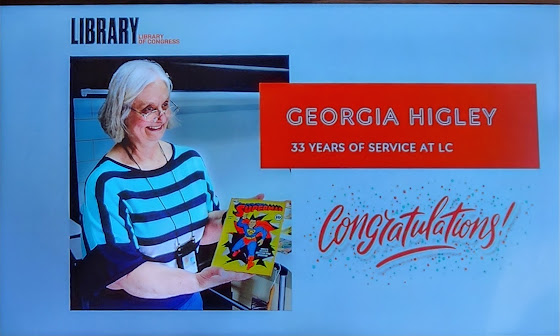J. Andrew Deman, The Claremont Run: Subverting Gender in the X-Men, Austin: University of Texas Press, 2023.
It’s rare that a work of comics
criticism emerges that boasts both academic bonafides and the promise of
cross-over appeal for general audiences of comics readers. The Claremont Run
has the potential to be that, thanks to author J. Andrew Deman’s popular Twitter
(now X) account – @ClaremontRun – which spent the past few years analyzing
X-Men comics and became a critical part of both comics fandom and public
scholarship on the platform. Boasting an introduction from Jay Edidin, the
co-host of podcast Jay and Miles X-Plain the X-Men, Deman’s book is
positioned squarely as a potential crossover work combining criticism with wider
comic book audience appeal. As such it treads a difficult line between being
engaging for those who are approaching it as fans of the source material, and
those looking for deeper scholarly analysis on Chris Claremont’s time as lead
writer on the X-Men comics. Fortunately, Deman is more than up to the task,
presenting a rich dive into Claremont’s legendary run on the X-Men that will
prove valuable for casual fans and academic audiences alike.
At the heart of this is Deman’s
engaging prose and clear love for the subject matter. These allow him to move
effortlessly back and forth between explanatory close readings of X-Men
storylines and deeper dives into the technical craftsmanship of Claremont’s
work. Deman utilizes a mixed-methods research methodology in order to bring in
quantitative data to guide his readings and research, examining the ways in
which Claremont presents characters, and exploring questions of team dynamics,
changing representation, and portrayals of gender within the X-Men. This
methodology adds what Deman refers to as a “holistic, evidence-based
perspective,” missing from most examinations of Claremont’s work. Covering
almost 200 issues of Uncanny X-Men across sixteen years, Deman’s methodology
analyzes a vast range of metrics. This includes everything from the percentage
of times characters appear on covers of issues they appear in (showing that
Storm, Wolverine and Cyclops were the characters most likely to appear) to the
number of times characters interact with one another and in what contexts.
Interesting enough alone, this data-led approach allows Deman to make claims
about commercial and storytelling concerns that might otherwise be overlooked.
Indeed,
Deman explores some intriguing – and often surprising – avenues of research. The
Claremont Run demonstrates that Cyclops, for instance, is a character who
shows remarkable and consistent growth over the course of the Claremont run,
developing into a character with both internal and external emotional depth.
Under Claremont’s pen, Cyclops is thus one of the most physically expressive
characters on the X-Men, despite a reputation for being stoic and closed-off.
This is supported by evidence, thanks to the quantitative base of Deman’s
research. A key benefit of this is that it allows Deman to push back against
close readings which might otherwise approach characters based upon their
broader histories. Deman is careful to note that because these characters
operate in a shared universe, characterization is typically reverted to the
most well-established archetype under other writers. By treating Claremont’s
run as a singular piece of work, however, Deman demonstrates an impressively
ambitious and cohesive set of story-arcs. He argues that Claremont’s work was defined
by arcs like the Dark Phoenix Saga; “massive and ambitious storyline”
(27) which formed a collective story told over dozens of issues.
While much
academic scholarship on Claremont’s work has dwelled on the “Claremont women” –
the strong, independent female characters that defined much of his run – less
attention has been paid to Claremont’s male characters. Deman rectifies this,
devoting the latter half of the book to an examination of the varied ways in
which Claremont portrays masculinity, including the paradigmatic shift of
Cyclops from patriarchal leader to supporting character in the stories of Storm
and Jean Grey, to the hypermasculinity of Wolverine, and the emasculation of
Alex Summers/Havok.
Deman’s work thus
adds an important inflective to conventional narratives of gender and sexuality
in X-Men comics. These typically dwell upon Jean’s journey, or the sapphic
undertones present in Storm’s relationships with other women, or the importance
of a teenage Jewish girl, Kitty Pryde, for expanding the readership. While
these aspects are acknowledged in The Claremont Run, they are presented
as both significant moments in their own right, but also as part of a broader examination
of the ways in which Claremont undermined and subverted ideas of masculinity,
femininity, sexuality, and gender roles.
The Claremont
Run thus stands as an excellent extension of existing scholarship and a
critical addition to the canon of Claremont studies. As a thin monograph it’s not
comprehensive – there is still much to be said about how other X-Men characters
are presented – but it’s an admirably thorough job in regard to the characters
it does cover and is sure to be successful in expanding the field of comics
criticism to a wider audience.

















